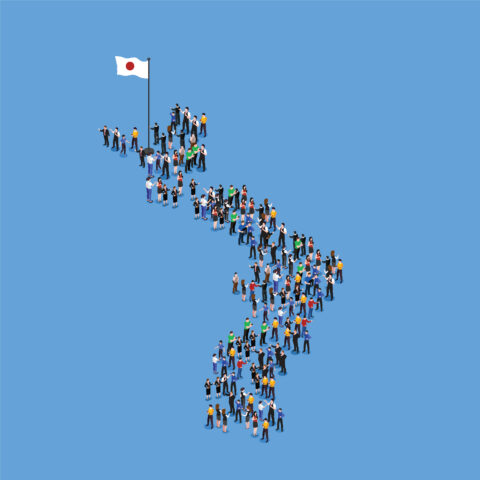
America’s Children: How Federal Programs Slash Poverty
About 11 percent of the children in poor families are living with adults who receive Social Security’s retirement, disability, or supplemental cash benefits.
The children are often Black or Hispanic. One out of every four of the families has income below $35,000, and many of the children live with a retired grandparent. If the child does live with a parent, it is often a single mother.
While these families rely heavily on their income from Social Security, several federal programs provide additional assistance.
A new study documents a dramatic drop in the Supplemental Poverty Rate – from 25 percent to 13 percent – for these vulnerable families when the benefits from three major programs are added to their Social Security: the Earned Income Tax Credit and SNAP food stamps for low-income families and a more generous version of the Child Tax Credit that was temporarily in effect during COVID.
The initial poverty rate for families with children who do not receive any Social Security benefits starts out lower because they are working – 18 percent, rather than the 25 percent for families on Social Security. When the two tax credits and food stamps are added to their income from working, their rate drops from 18 percent to 8 percent.
In a second analysis, the researchers also showed that poverty would be reduced today if the current Child Tax Credit (CTC) in place since the 1990s were replaced with the more generous COVID credit.
In 2021, the American Rescue Plan increased the CTC from $2,000 to $3,600 for each child under age 6 and to $3,000 for older kids. The monthly credit, which was paid in cash, rather than at tax time, expired in December 2021.
The researchers’ analyses assumed that all eligible families received the expanded CTC during COVID. In fact, they estimate that up to half the eligible families receiving Social Security benefits did not receive the credit because they didn’t know they were eligible or didn’t understand the rules or how to sign up.
It is common in federal assistance programs that many eligible families with children fall through holes in the safety net. Even if they are good candidates for food stamps, they may not know how to apply or were rejected because of a problem with the application. Even under the current CTC, very low-income families may not qualify because they don’t file federal income taxes.
This study shows how important federal assistance is for low-income caregivers and children reliant on Social Security – and also how important it is to make sure that everyone who is eligible is receiving assistance.
“The actions to enroll eligible beneficiary families in these benefits are critical,” the study concluded.
To read this study by Madelaine L’Esperance, Shogher Ohannessian, Jevay Grooms, and Tim Smeeding, see “Social Security Administration’s Growing Interest in the Child Tax Credit and Other Child-driven Income Support Programs.”
The research reported herein was derived in whole or in part from research activities performed pursuant to a grant from the U.S. Social Security Administration (SSA) funded as part of the Retirement and Disability Research Consortium. The opinions and conclusions expressed are solely those of the authors and do not represent the opinions or policy of SSA, any agency of the federal government, or Boston College. Neither the United States Government nor any agency thereof, nor any of their employees, make any warranty, express or implied, or assumes any legal liability or responsibility for the accuracy, completeness, or usefulness of the contents of this report. Reference herein to any specific commercial product, process or service by trade name, trademark, manufacturer, or otherwise does not necessarily constitute or imply endorsement, recommendation or favoring by the United States Government or any agency thereof.
Comments are closed.







These studies assume no behavioral effects. But why work as hard, or indeed, why work at all, if other people are going to meet the costs of raising your kids. The Clinton era welfare reforms show that labor supply is highly responsive to the implicit tax on work.
Thank you so much for bringing the impact of this Federal action on child poverty, and the grandparents who take care of their grandchildren. Too often, care giving is under-reported. It follows that appreciation of the positive impact of grandmothers’ (and grandfather’s) efforts too low.
In addition, thanks for noting that many potential recipients do not know about it. Let’s hope that will change so that these children and their kind caregivers can provide more care to these children.